I've often been asked why wide bevel sharpening is so expensive. I think this will help to show why.




Dave , in that case would you try to thin the blade the to get rid of those high and low spots ? Or worry about the bevel and then polish it to make it look even?

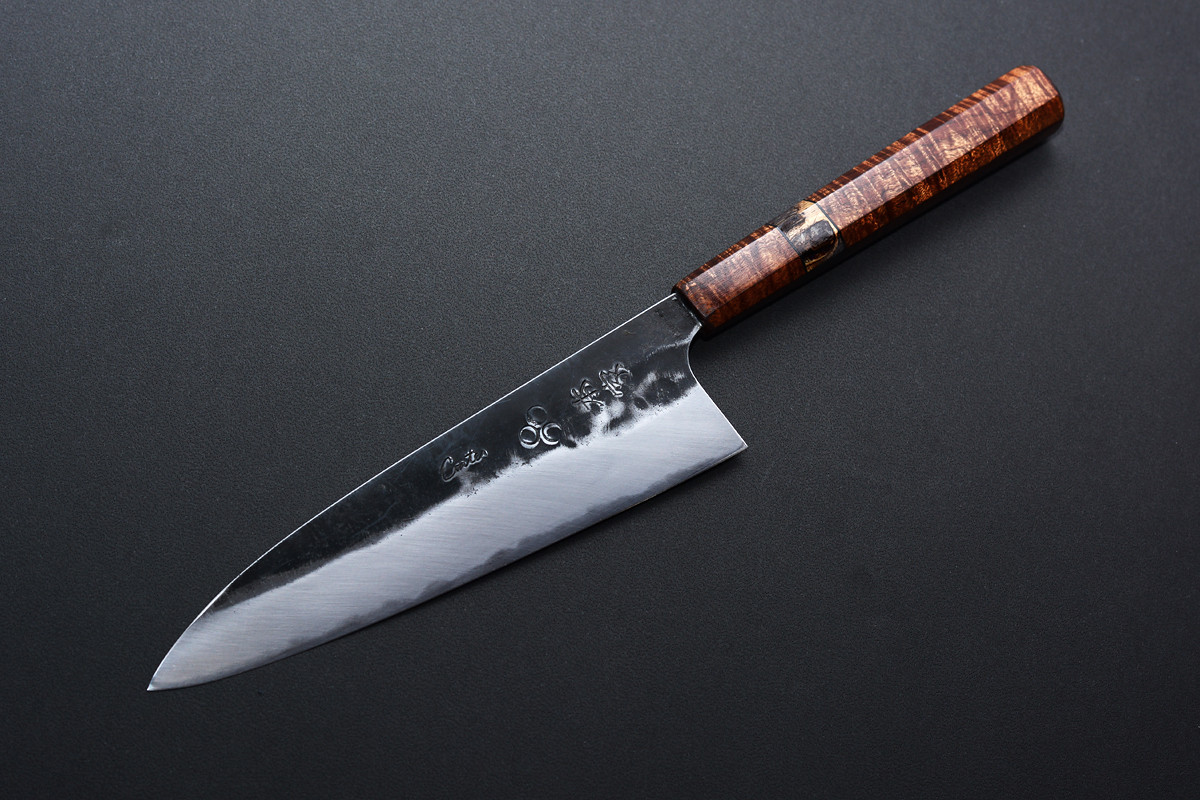
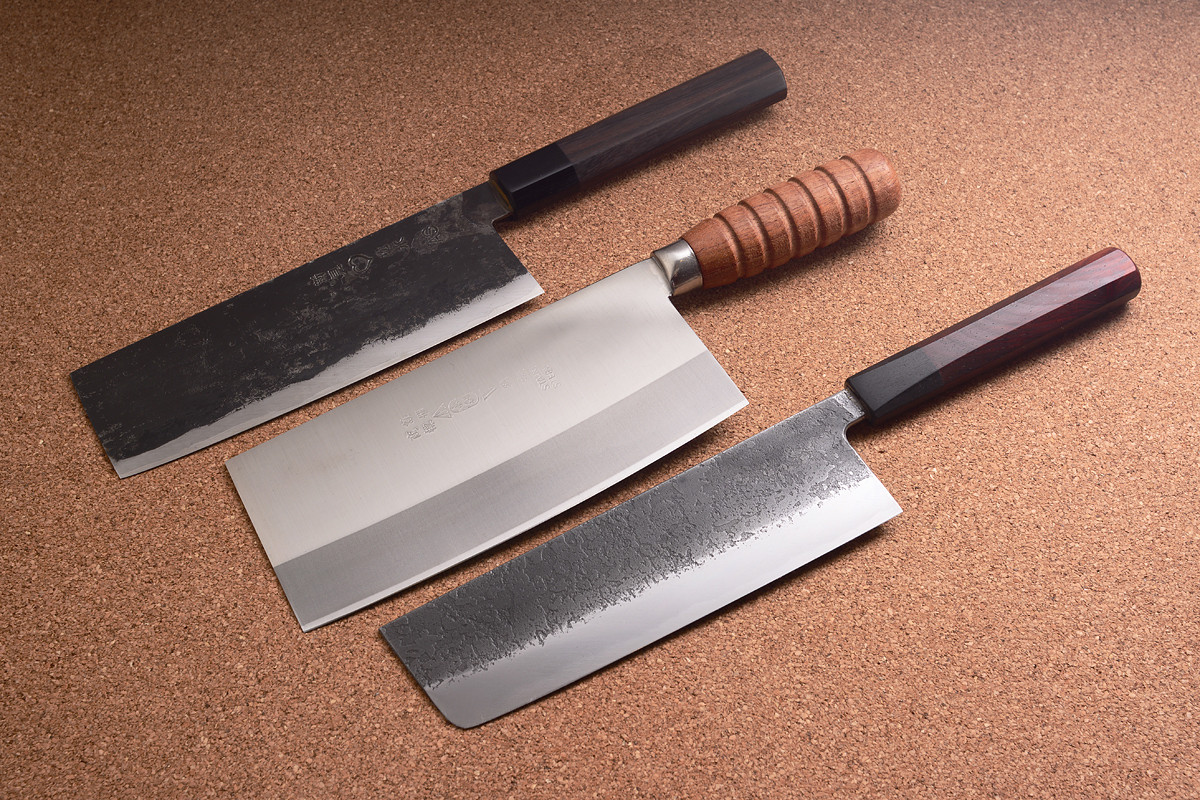
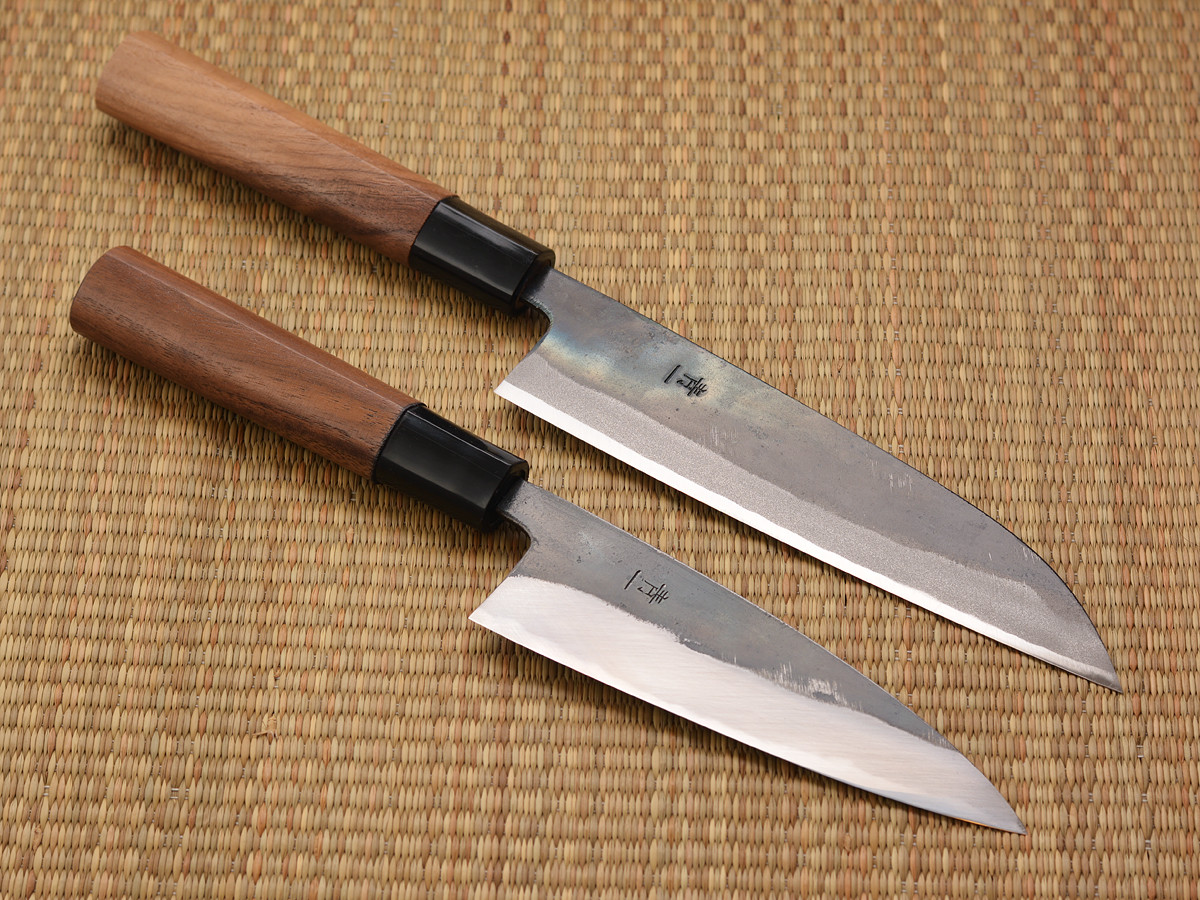
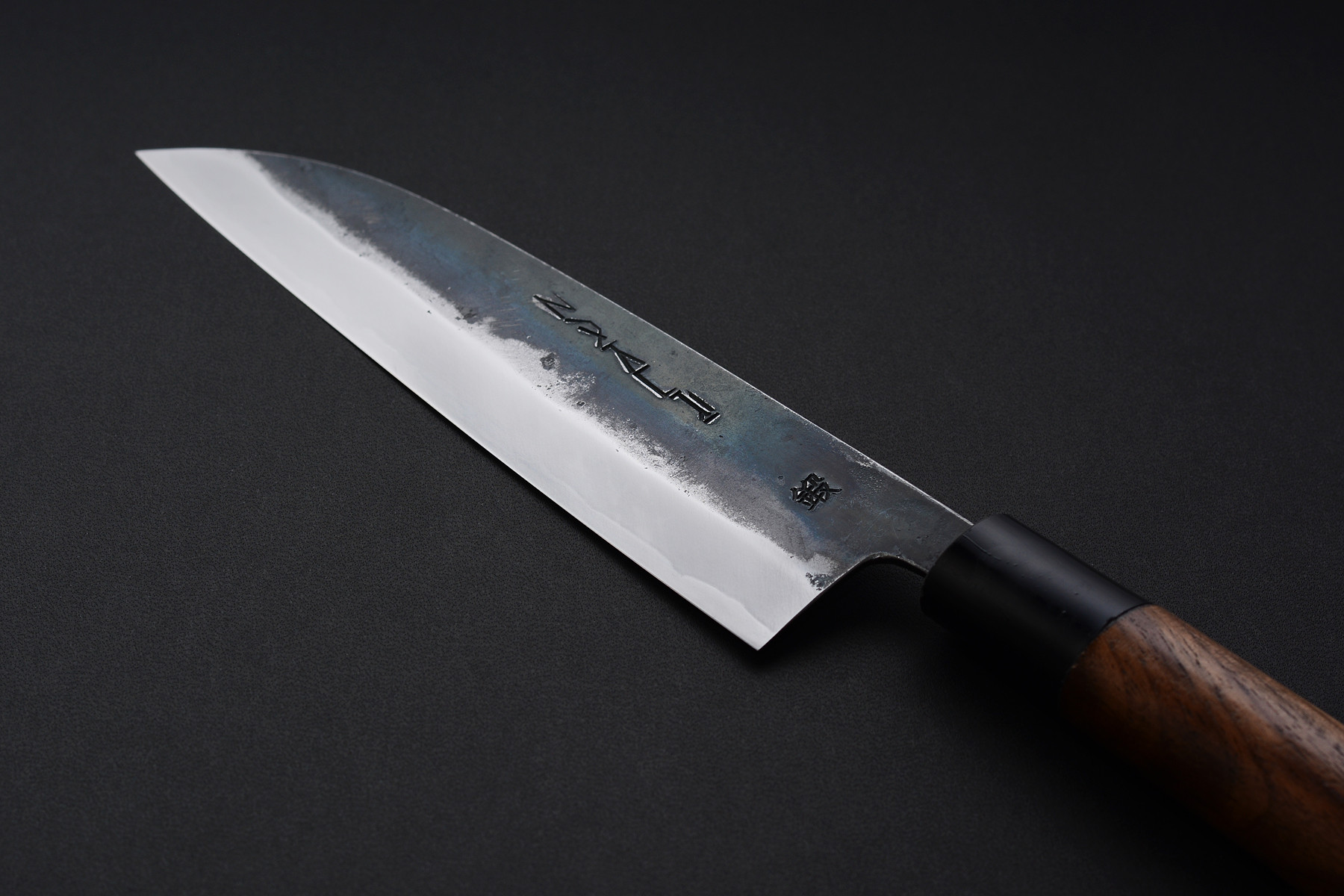
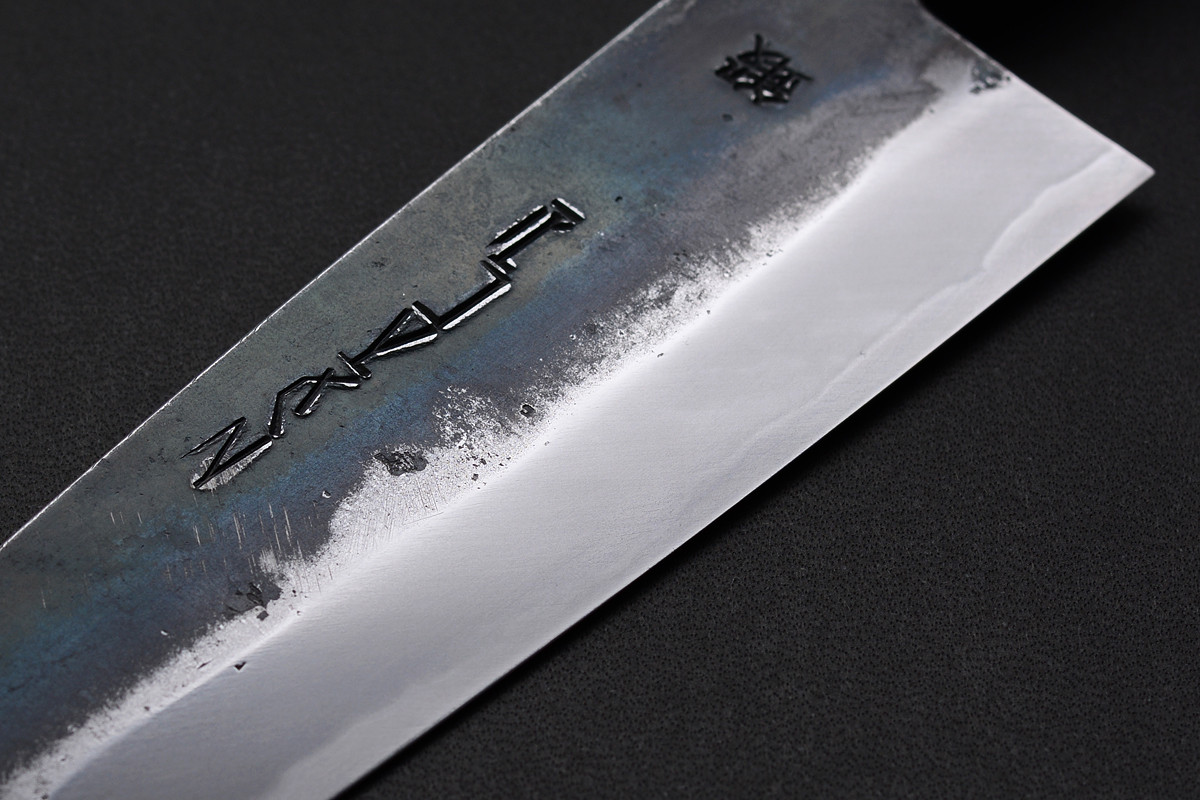

Honestly, I use the 800 grit JNS because I like its consistency overall, but hate the finish. Contrasty and cool, but awful drag in food. After the 800, I sometimes switch to a muddy synthetic red aoto, which produces a finer but less consistent (for me) kasumi, which I still don't like. I've tried following stones up from there but prefer abrasive sheets. I can use a lot of different stuff but lately have ben enjoying cloth-backed 240/400-grit, then paper-backed 800/1200 on a softer substrate. I sometimes then use lapping films from 12-micron to 3-micron, but they tend to be a bit on the hard side and leave deeper scratches on the cladding, so I move to soft-backed micromesh and some cloth loaded with finer-grit stone slurry. I might even rub some autosol or whatever on just to see if I can get a little more shine.I'm currently faced with the same "problem"; ie. kasumi-looking 800 or higher grit. Just out of curiosity, what was the final pass on your Zakuri pictured, and dos it "grip" less in onions for example? (the only thing that the 800 finish seem a bit grabby on). Also, kudos on the work done. They are nice cutters, aren't they?
Don't want to hijack Dave's thread though...
I don't know what the term "kasumi" finish technically means but to me I've always seen it as the contrasting appearance between the jigane (softer cladding - ie. iron or mild steel) and the hagane (hard steel core) that is brought out, or made to stand out, by the use of specific stones and /or techniques. Some stones will react in contrast to each of these steels making the core steel shine while the cladding haze. Finding the correct stones for a specific look on a specific knife is the challenge.
Thanks Jon


The 800 goes a bit too dark, though it looks cool at first. It's also too coarse in my opinion for nice movement through food. Moving up to a synth aoto reduces the contrast and drag a bit but retains some of the fogginess, and I've got some natural stone stuff that can progress it further, though it takes a bit of work for me to get anything consistent straight off the stones without fingerstone polishing, and I still prefer a polished kireba over a foggy one anyway (I'm a heretic). I'd almost rather just etch or bead blast....
For paper, I've heard that you get what you pay for but I live in Taiwan and sometimes use cheap local stuff and it seems to work fine for most things. My polishing films I've got are 3M I believe, but just about any decent brand of aluminium oxide film should work. Micromesh is from an unknown source and I'm not sure I even trust the numbers on them.
Enter your email address to join: